Remodel Versus New Construction
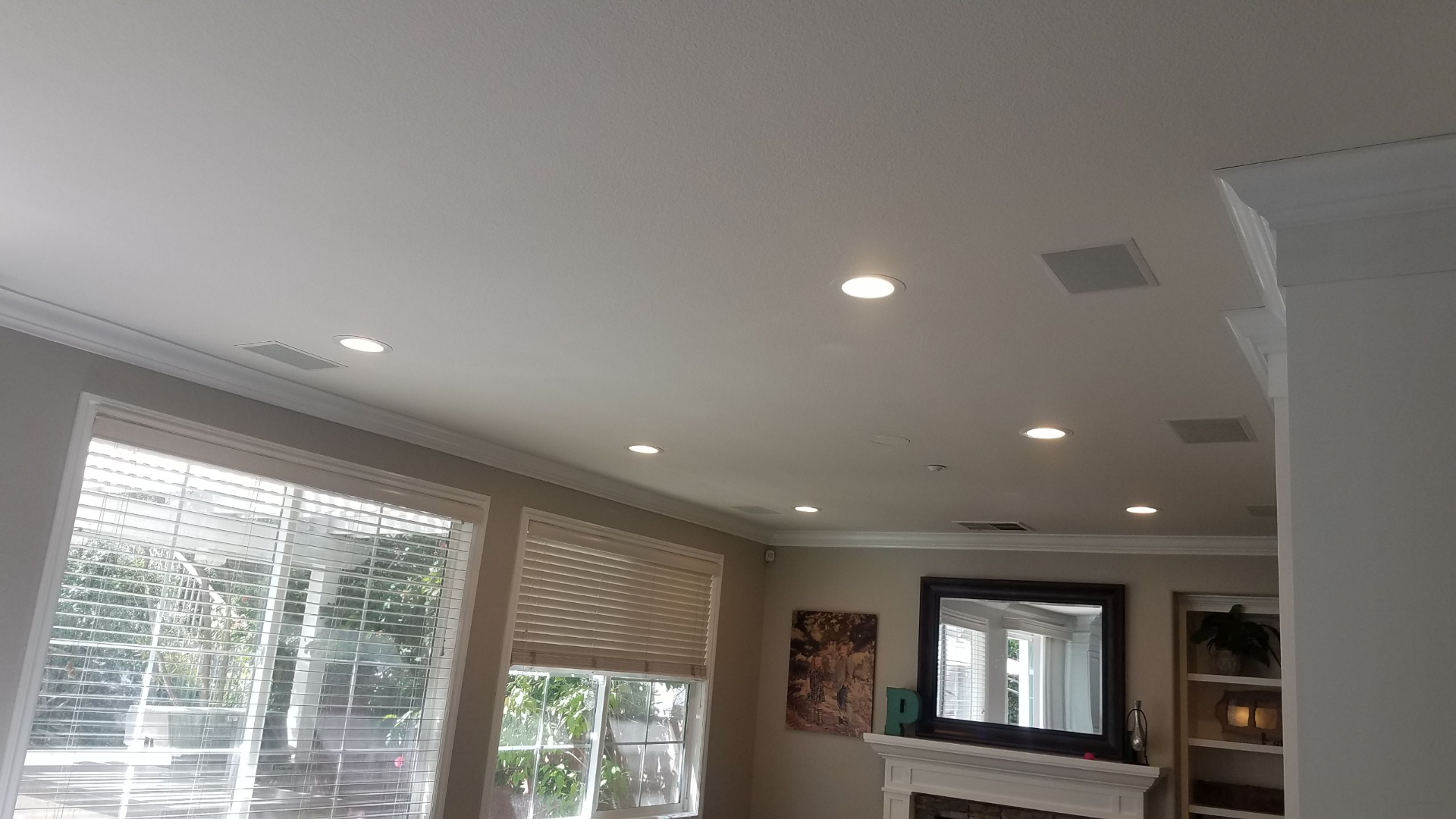
When adding recessed lighting fixtures to a home, there is a dizzying array of choices in styles, sizes, and fixture types. Each of these types has a specific application, depending on the unique characteristics of the fixture location and the area surrounding it.
One of the most confusing aspects of recessed lighting installation is choosing the right fixture. Of the many types of housing, there are two major categories: remodel housings and new construction housings. In this guide, we will illustrate the differences between the two types, helping you to choose the right fixture for your specific needs.
Anatomy of a Recessed Lighting Fixture
Before comparing remodel housings and new construction housings, it is useful to become familiar with the different parts of the recessed lighting fixture itself. Some recessed lighting fixtures come as one piece, but the majority of fixtures are produced with two pieces: the housing, which is the part of the fixture mounted into the ceiling, and the trim, which fits into the housing to give it a finished appearance. The housings come in a variety of diameters, typically from 4” to 7”. Trims may be ribbed or equipped with reflectors to change the intensity or amount of light the fixture produces. A qualified electrician can help you select the fixtures that fit with your needs and desires for illumination in a given room.
Remodel Fixtures vs. New Construction Fixtures
The way a recessed light is supported in the ceiling can differ. This is where the confusion lies – how does one choose the right fixture for a specific application?
A remodel fixture is one that is designed to be retrofitted into an existing home, such as when a homeowner wishes to accent specific areas of a room or add illumination for ambiance or for task lighting. In these cases, a remodel fixture is chosen. Remodel fixtures are characterized by the means they receive support. In these fixtures, the housing is pushed into a pre-cut ceiling opening and is then supported by metal clips that go through the housing to contact the top surface of the ceiling (the drywall or paneling).
A new construction fixture is supported in a completely different way. New construction fixtures are screwed or nailed to the ceiling joists, giving them rock-solid support. This procedure is done before ceiling drywall is installed; the electrician will have more room to complete this part of the installation. New construction fixtures can be used in retrofit applications when the electrician has access to the area above where the fixture will be installed. For example, if there is attic access, new construction housings can be fitted. There is a benefit to using new construction housings where possible, as there tend to be more choices in styles and trims. New construction housings also tend to be less expensive than remodel fixtures.
Compatibility with Ceiling Insulation
One other consideration when choosing the appropriate recessed lighting fixture is whether or not the fixture will be installed in a ceiling with insulation. There are special fixtures rated to be used in contact with ceiling insulation, such as blown cellulose or fiberglass batting. These fixtures are labeled IC, or “Insulation Compatible”. Using non-rated fixtures in a ceiling with insulation will require the installer to build a cover to keep insulation from contacting the fixture, resulting in increased costs. It’s better to choose IC fixtures whenever ceiling insulation is present. Many IC-rated fixtures are also air tight, which helps to keep interior air from escaping around the fixture. This can help reduce energy costs associated with heating and cooling the interior rooms of the home.
With the right fixtures and a qualified electrician to install them, recessed lighting can create dramatic interior lighting that transforms a home.
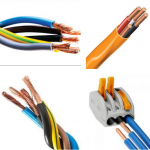
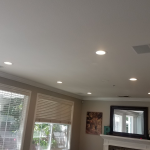
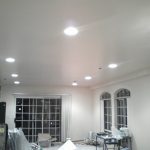

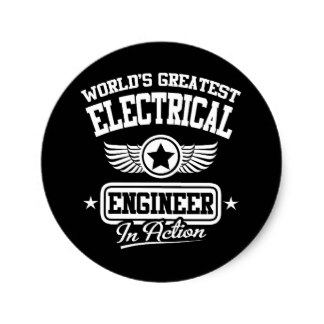
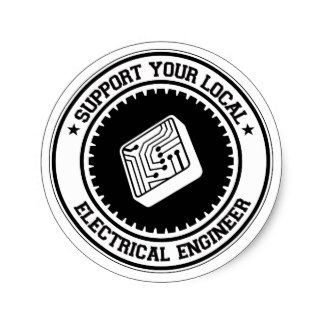
 “Hi, thanks for coming to my website. I’d really enjoy helping you with your lighting and electric needs. I guarantee the fastest and most affordable options. Give me a call today!”
“Hi, thanks for coming to my website. I’d really enjoy helping you with your lighting and electric needs. I guarantee the fastest and most affordable options. Give me a call today!”